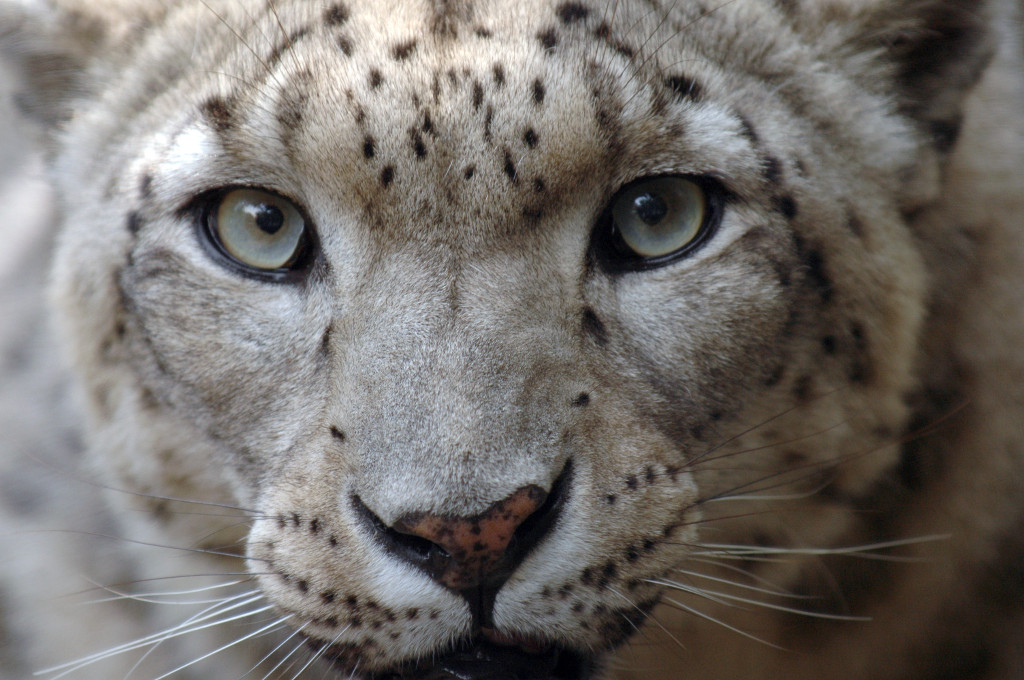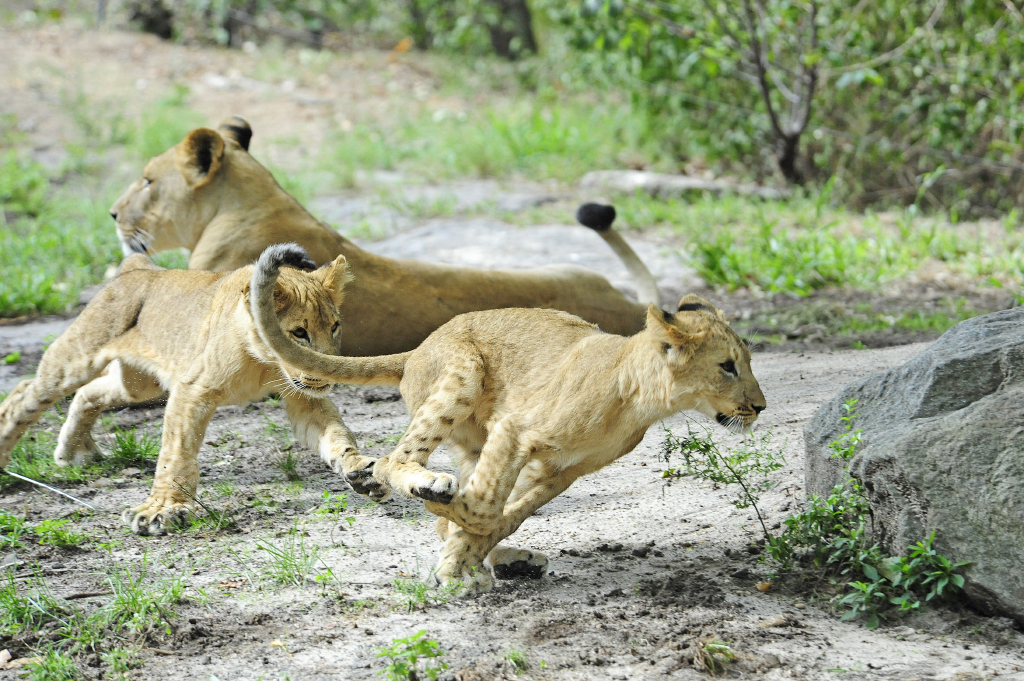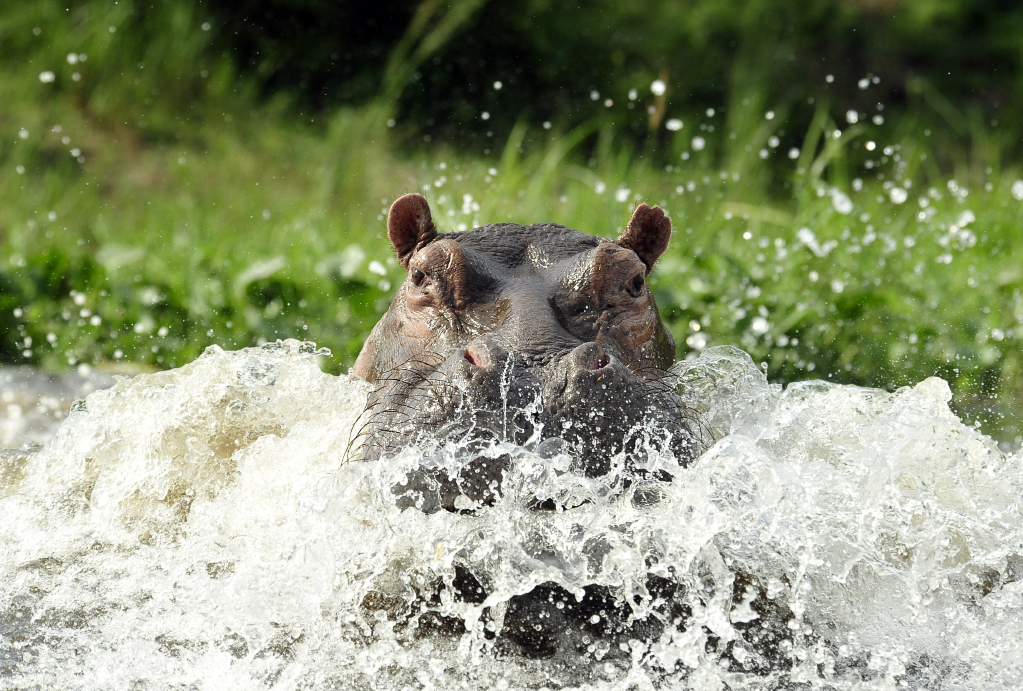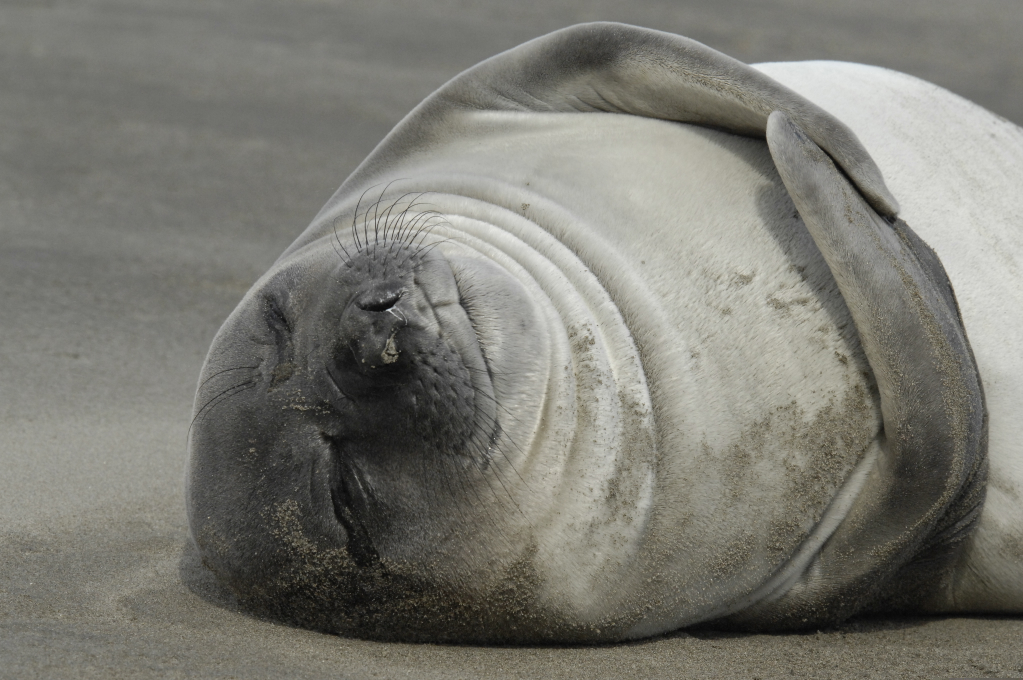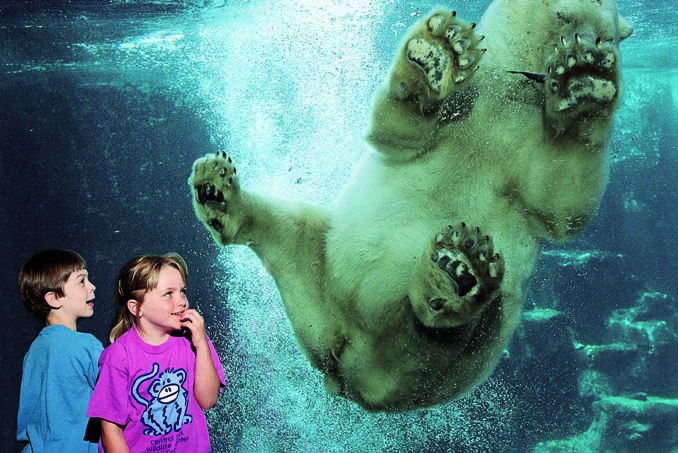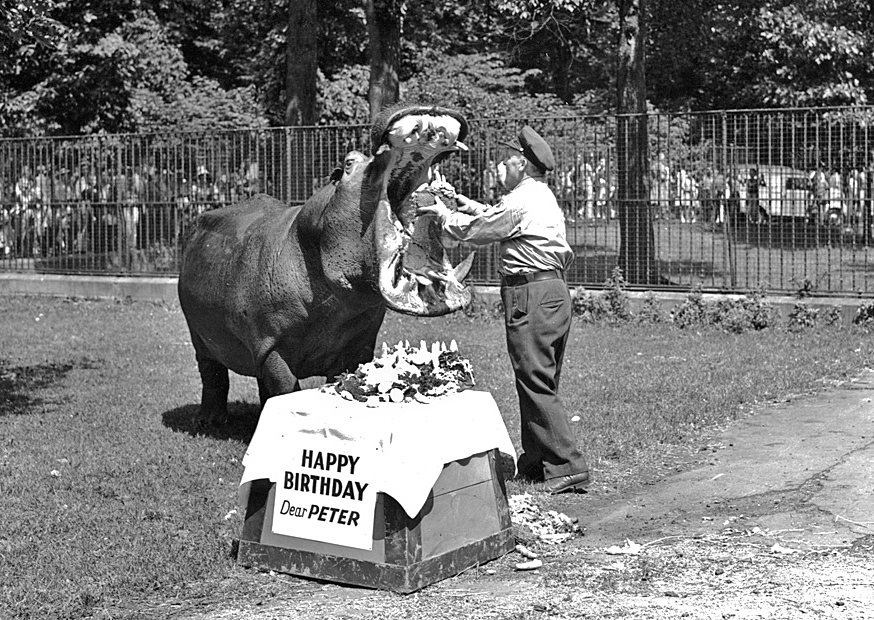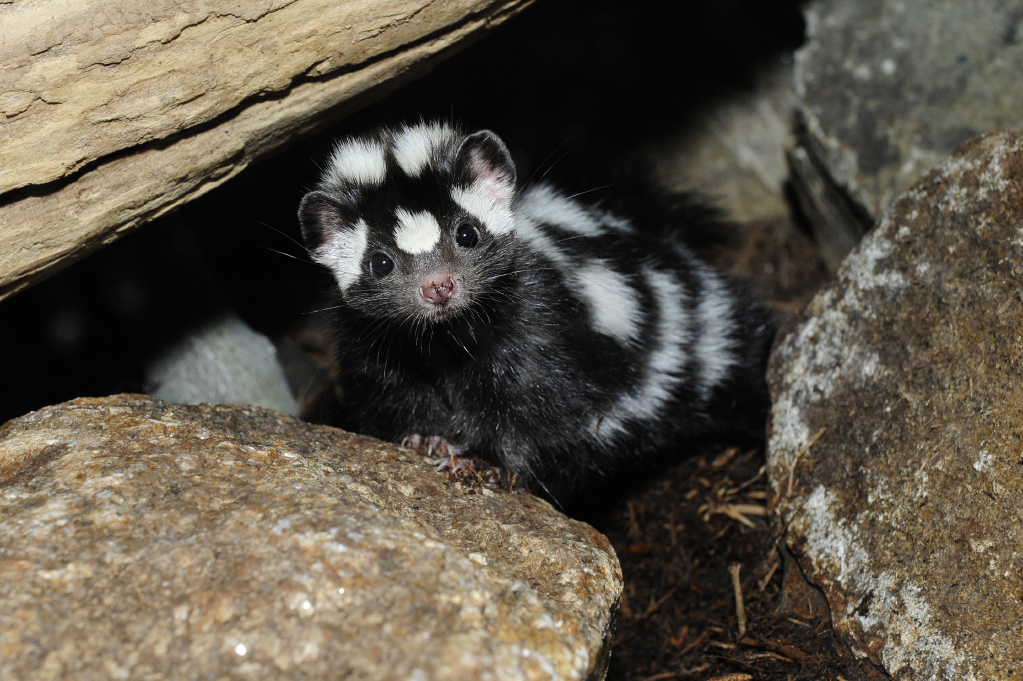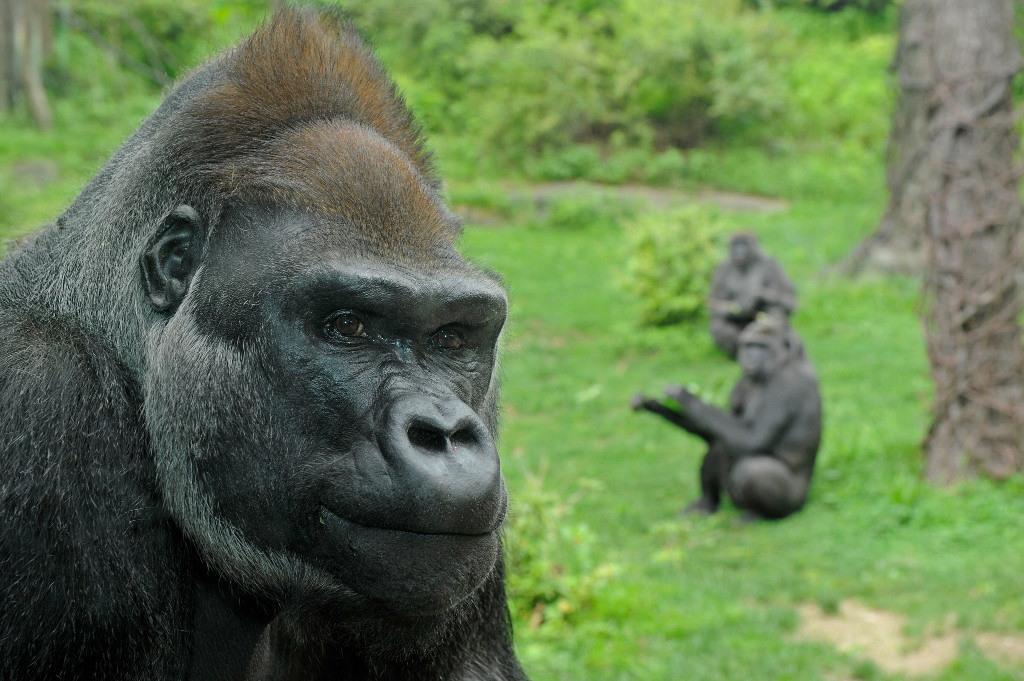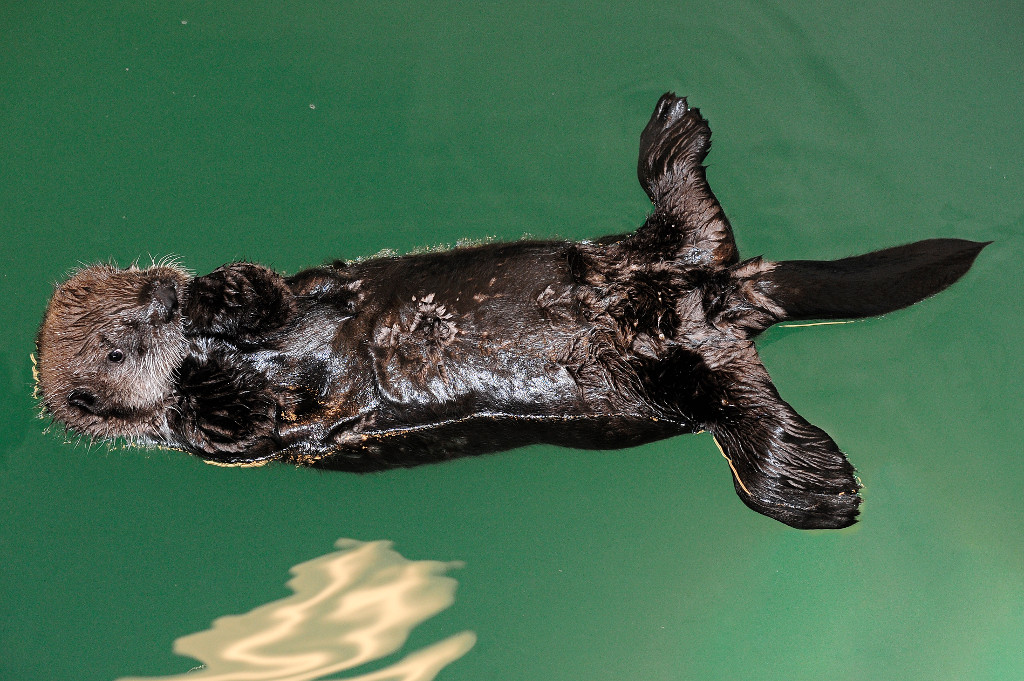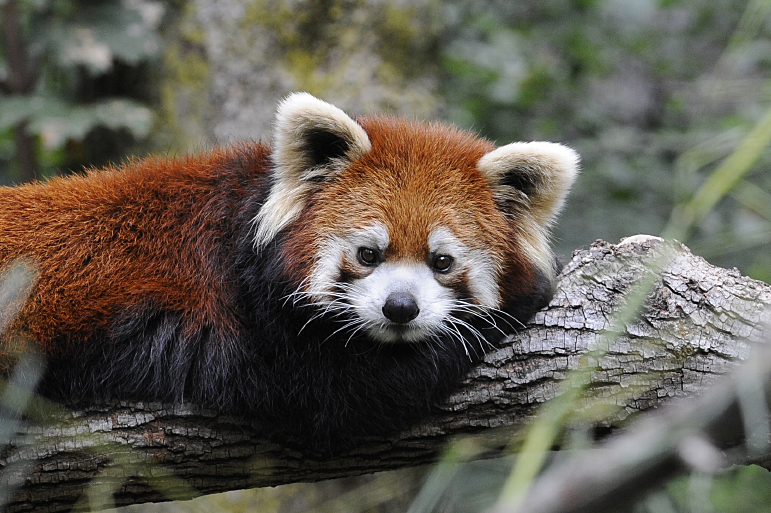S H O U L D Y O U G E T Y O U R K I D A C A M E R A?
Yes!
My daughter Megan teethed on my DSLR camera as she grew up around photo shoots at the Wildlife Conservation Society’s zoos and aquarium. In high school, during her science research on the Bronx Zoo lions, she stepped it up and took her own photos of animals in action (lion cubs, below.)
Nowadays, she is a freshman at Quinnipiac University taking sports and events photos with the Nikon D7000, a camera with nice capacity for stills and video that capture motion (a recent QU Bobcat hockey game, below middle.)
So, is a camera a good investment for your kid? I think so!
Photo credits: Megan Maher, Julie Larsen Maher
